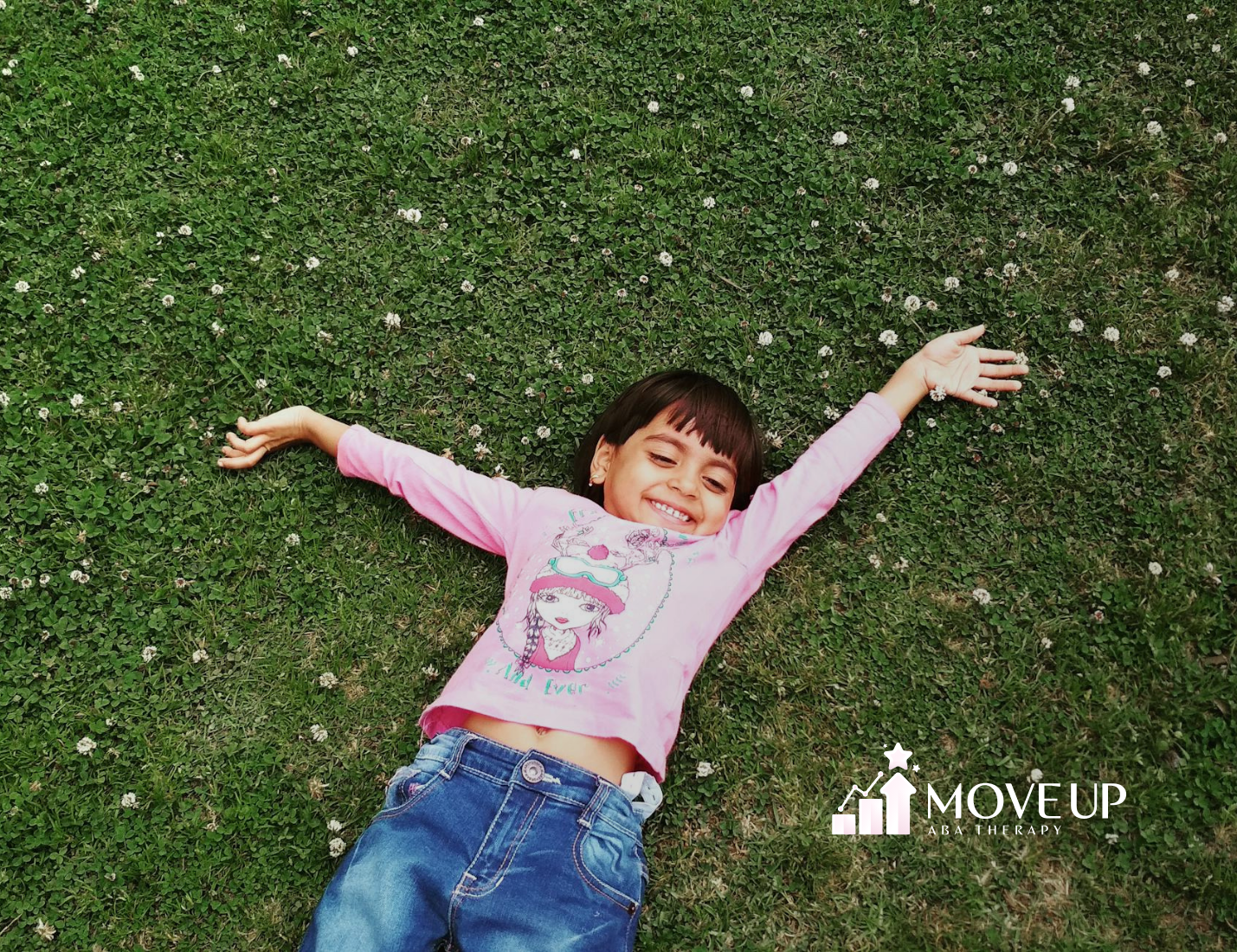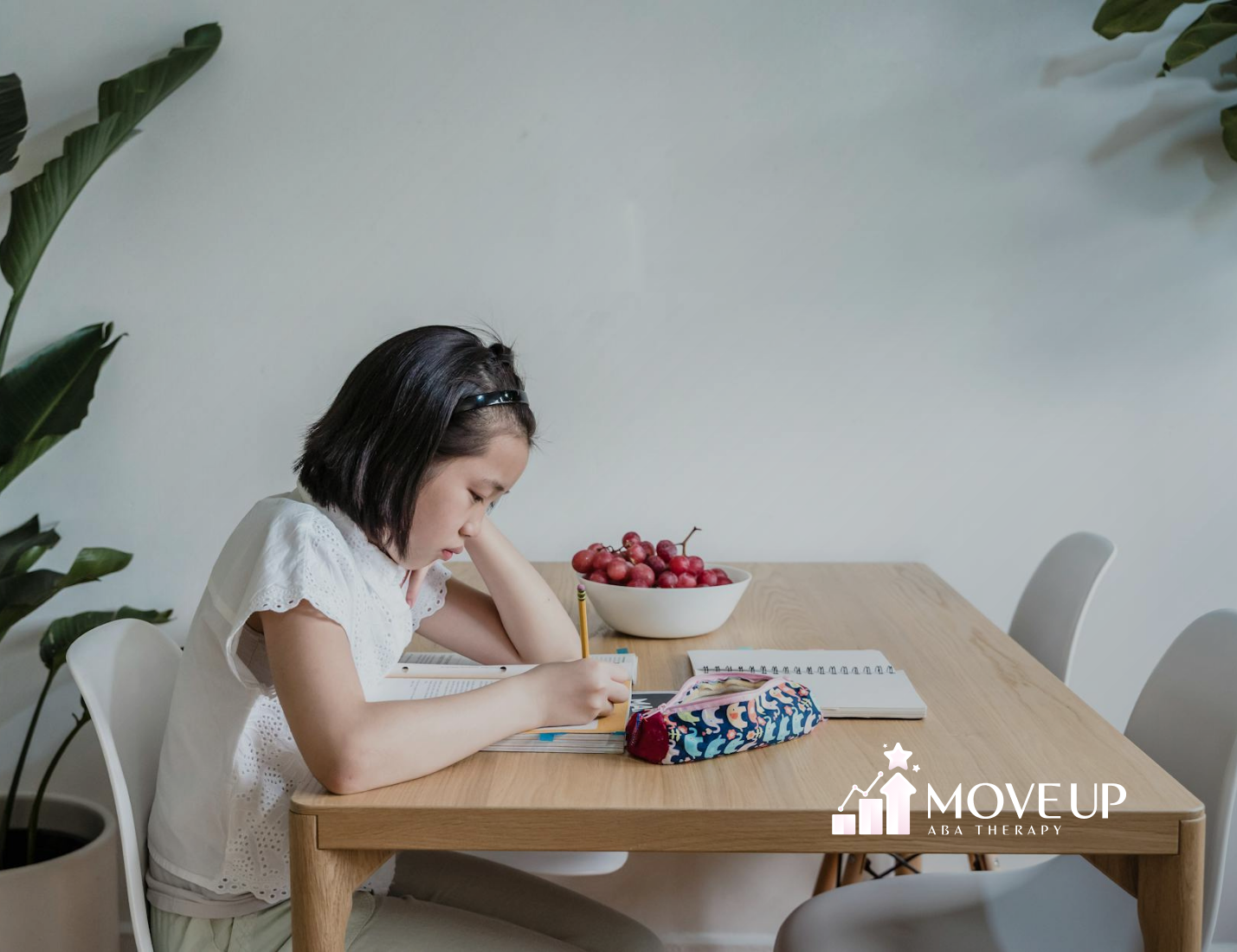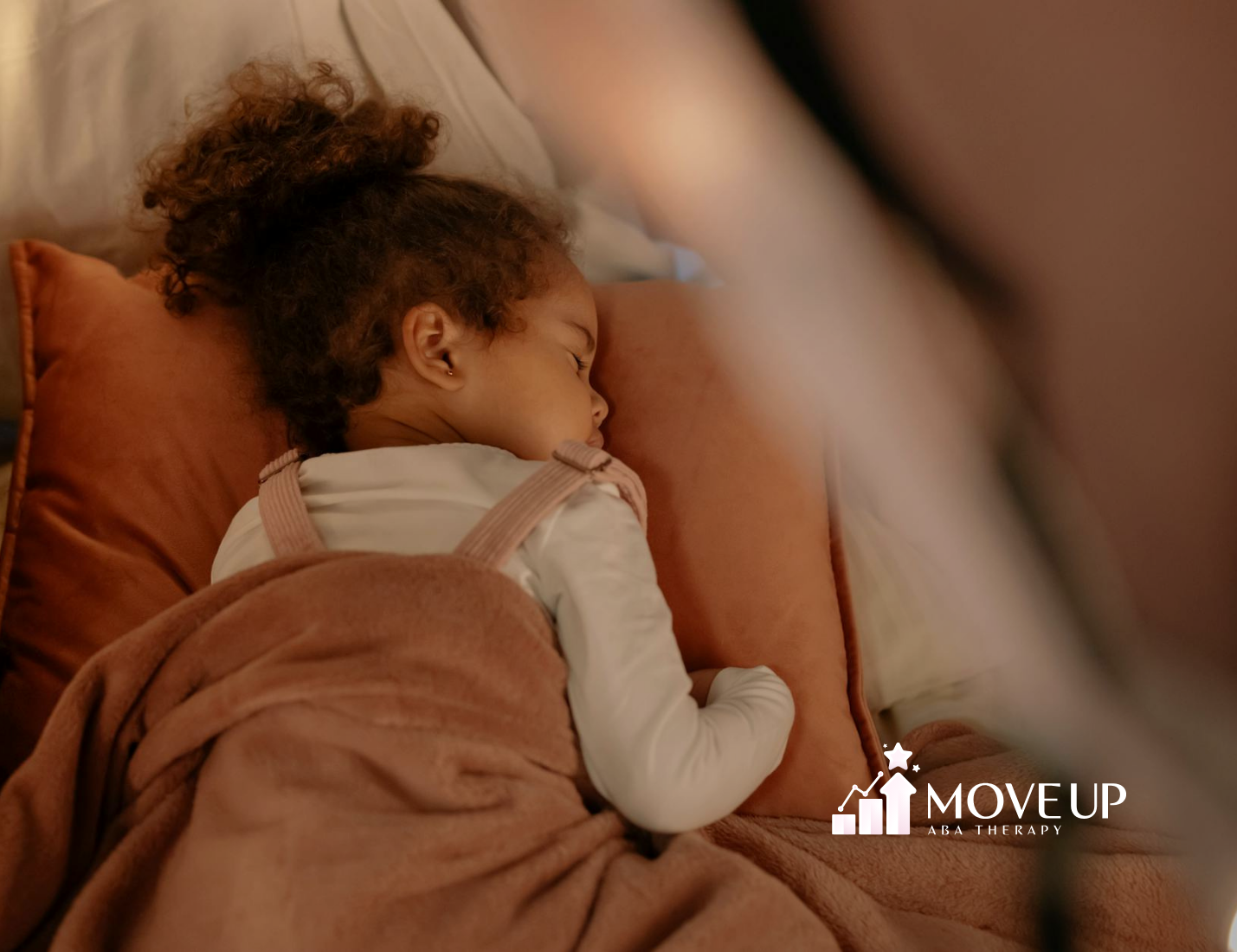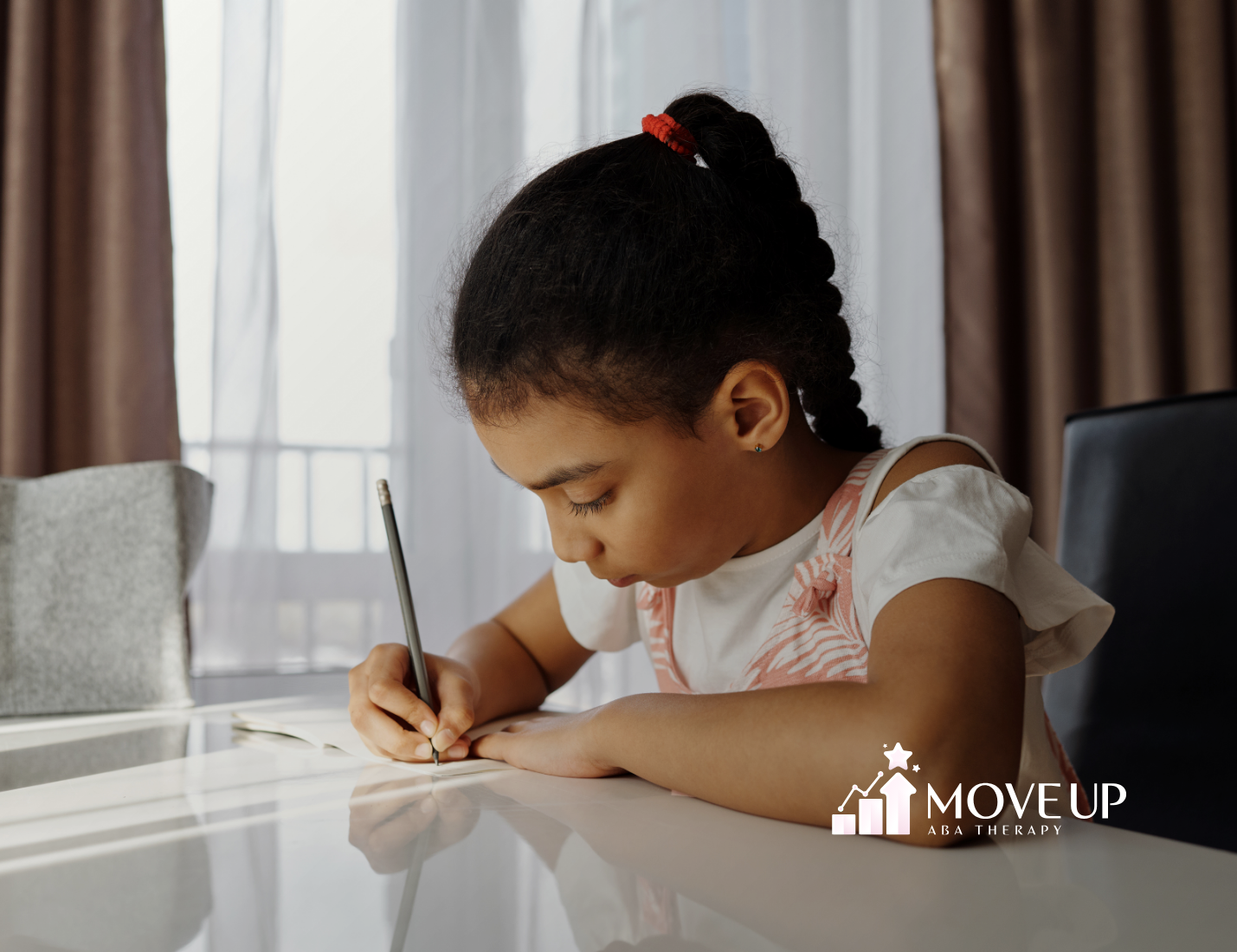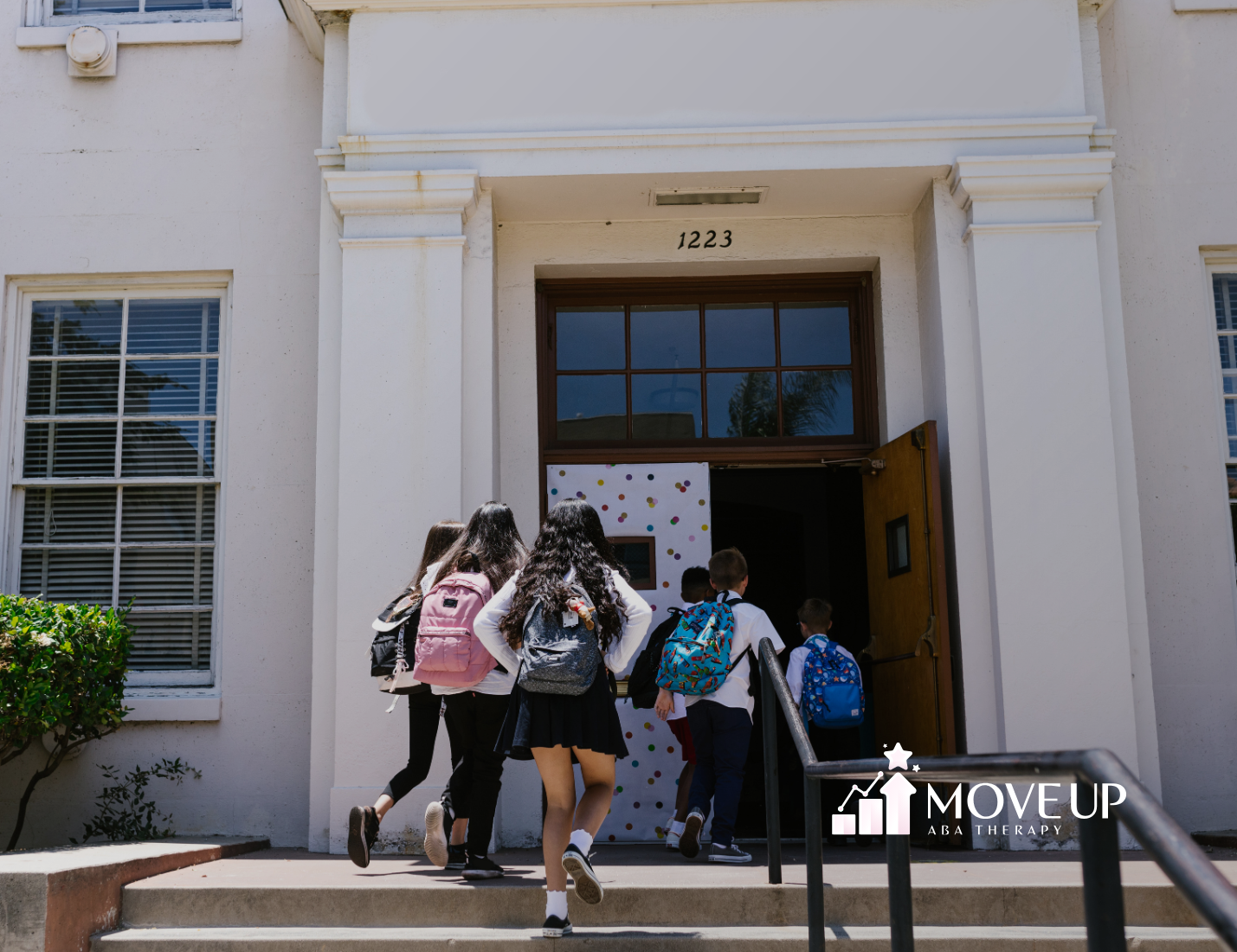Ensuring that every child, including those with autism, gets a good night’s sleep is crucial for their well-being and growth. Children, on the autism spectrum often face challenges with sleep affecting their health, behavior and daily activities. Teaching children with autism to sleep independently may pose difficulties. By employing methods and assistance it is achievable to cultivate good sleeping routines. In this article we will delve into strategies and advice to aid children with autism in mastering the skill of sleeping on their own.
Understanding Sleep Challenges in Children with Autism
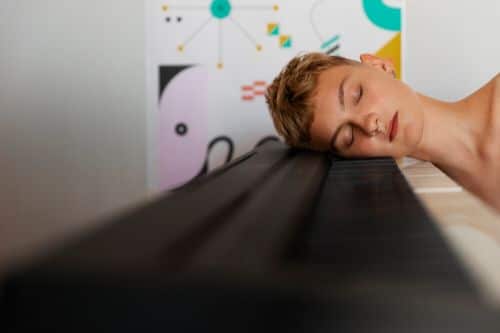
1. Sensory Sensitivities: Heightened sensitivities to stimuli such as light, sound, touch, and temperature can impede relaxation and comfort for children with autism at bedtime.
2. Anxiety and Stress: It is common for children with autism to experience anxiety and stress, which can disrupt their ability to fall asleep.
3. Emphasis on Routine and Predictability: Children with autism typically thrive in environments with routines. Any alterations in their bedtime schedule or surroundings may disrupt their sleep patterns.
4. Self-Soothing Struggles: Many children diagnosed with autism have difficulties self-soothing, which can pose obstacles in falling asleep or returning to sleep if they awaken during the night.
Establishing an environment to sleep plays a role in supporting children with autism in achieving independent slumber. Below are some suggestions for creating a sleep setting.
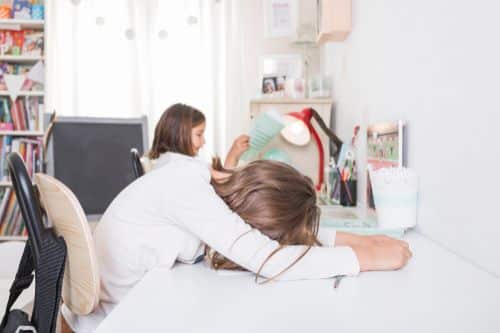
Use curtains, white noise machines and comfortable bedding tailored to their preferences. Cut back on-screen time before bed as the blue light from screens can disrupt production, which regulates sleep. Visual schedules are helpful for children with autism in understanding and following their bedtime routine. Create a schedule, with pictures or symbols outlining each step clearly for comprehension.
Effective Strategies for Training Kids with Autism to Sleep Alone
Teaching a child with autism to sleep independently calls for patience, consistency and a step, by step method. Here are some helpful tactics to keep in mind.
1. Gradual Separation Technique
The step, by step process of separation entails increasing the distance between the parent and child during bedtime allowing the child to grow accustomed, to sleeping independently over time.
Step, by Step Guide.
- Begin by staying beside the childs bed until they drift off to sleep.
- After a couple of nights shift a chair a distance from the bed.
- Slowly bring the chair nearer to the door, over the course of nights.
- Finally position yourself outside the bedroom door until the child falls asleep.
2. Positive Reinforcement
Encouraging behavior, in children includes giving them rewards when they sleep by themselves. These rewards can be something like stickers or small toys or something like praise and extra playtime.
- How to put this into practice:
- Make a chart to keep track of how the child’s doing.
- Set goals that are easy to understand and reach, like staying in bed for a time or falling asleep without help.
- Give rewards regularly when the child achieves these goals.
3. Bedtime Pass
A bedtime pass is, like an object, like a card or a token that kids can use to ask for a visit, from their parents after bedtime. Its meant to ease the childs worries about being alone and to encourage them to stay in bed.
4. Social Stories
Social stories are short, personalized stories that explain social situations and appropriate behaviors in a way that children with autism can understand. A social story about sleeping alone can help the child understand the importance of independent sleep.
Introducing the idea of the bedtime pass to your child, let them redeem it once each night for a visit, and slowly lessen their reliance on it as time goes by:
- Let’s create a bedtime story about the importance of sleeping.
- We can add pictures to make it more interesting.
- Remember to read this story with your child every night before they go to sleep.
5. Consistency and Patience
Ensuring consistency and practicing patience are crucial when teaching a child with autism to sleep independently. It’s essential to maintain the bedtime routine and strategies even if progress seems gradual. Abrupt alterations or inconsistencies, in approach can lead to setbacks, in the process.
Addressing Nighttime Awakenings
Children with autism often wake up during the night. Here is a suggestion to assist them in going to sleep on their own.
- stay calm and comforting if your child wakes up at night.
- Avoid using lights or doing anything. Having a comfort item, like a stuffed animal or blanket can offer reassurance. Aid the child in calming themselves down.
- Keep any interactions, during short and direct guiding the child to go to sleep independently.
Incorporating ABA Techniques
Applied Behavior Analysis (ABA) methods are known to work in dealing with sleep issues among autistic kids. ABA emphasizes grasping and adjusting behaviors using reinforcement and various approaches.
- Assessment of Behavior Patterns (ABP) Start, by conducting an ABP to uncover the root causes of sleep issues. This evaluation helps pinpoint the elements contributing to sleep challenges and guides the creation of an intervention strategy.
- Behavior Based Approaches; Put into practice strategies based on the results of the ABP. These approaches could involve rewarding behaviors diminishing attention towards actions and teaching methods, for self-calming.
- Gathering Information Record information regarding the Child’s sleep routines, bedtime habits, and progress. Regularly analyze this data to evaluate the effectiveness of the strategies and make any needed modifications
Conclusion
Teaching children with autism to sleep independently can be quite a task. The results are truly satisfying.
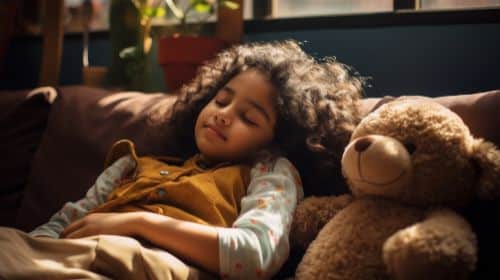
Here at Move Up ABA, we specialize in offering assistance for children, which includes methods to enhance their sleeping patterns. Our skilled team is committed to aiding families in establishing an atmosphere that encourages self-sleep and overall health.

